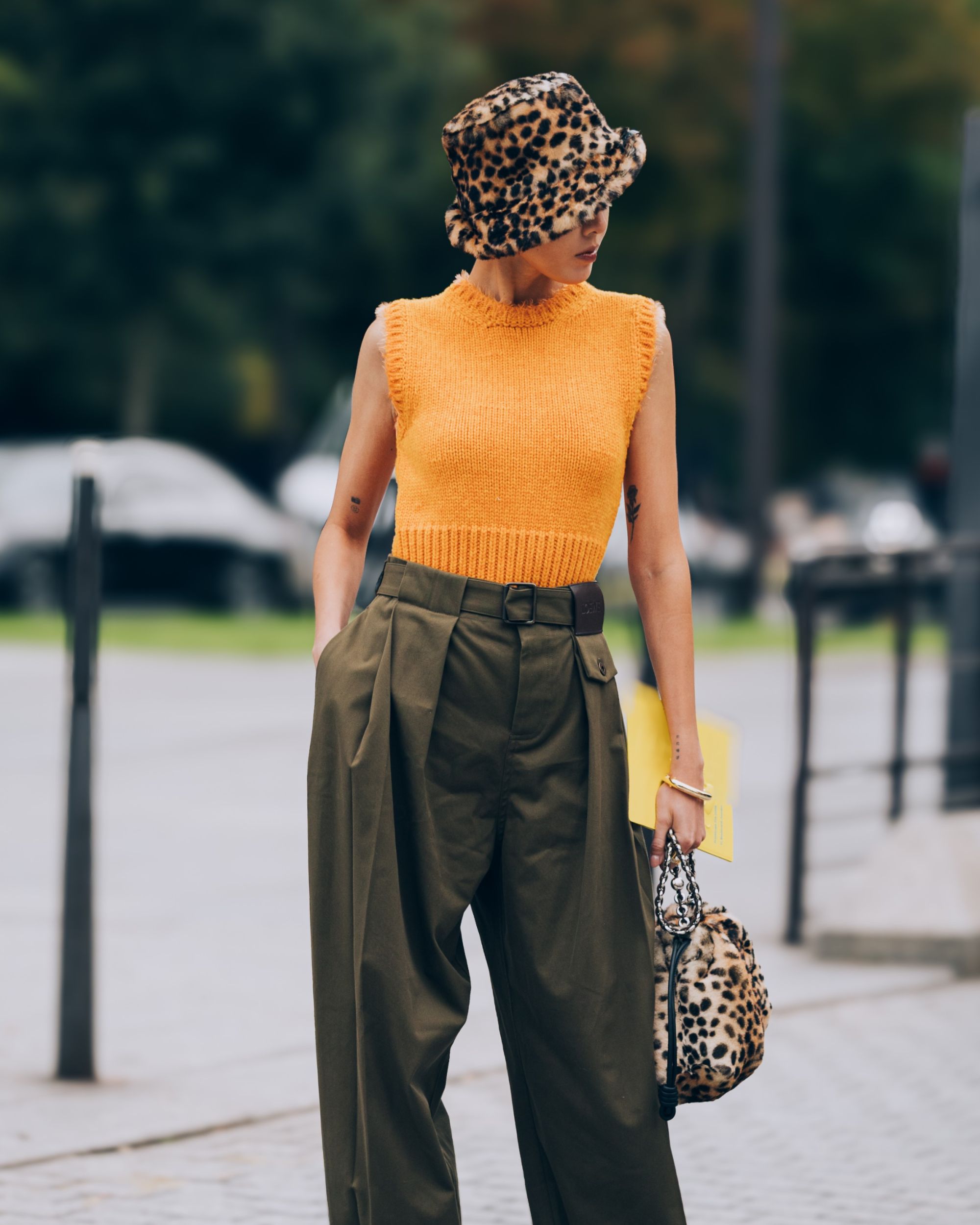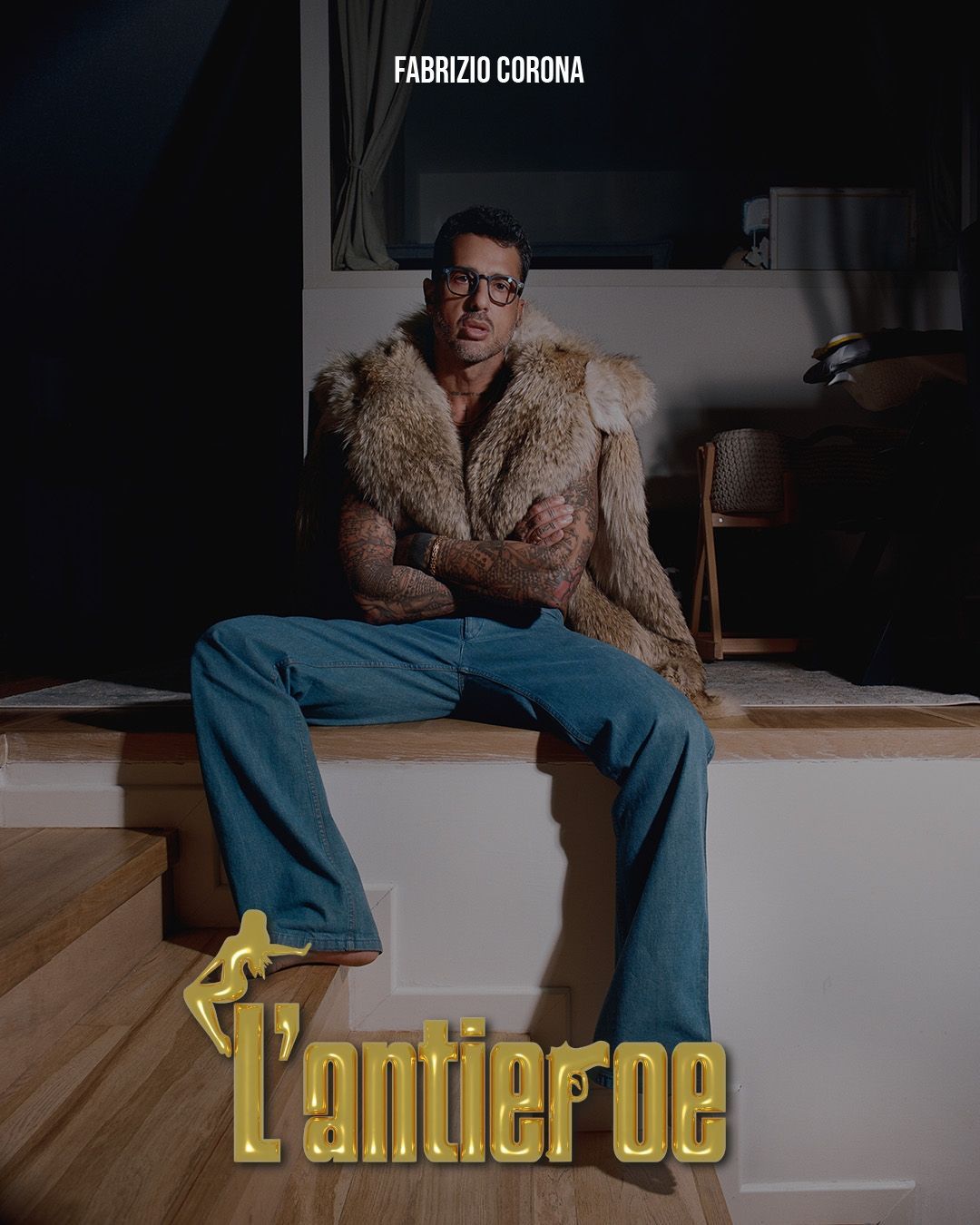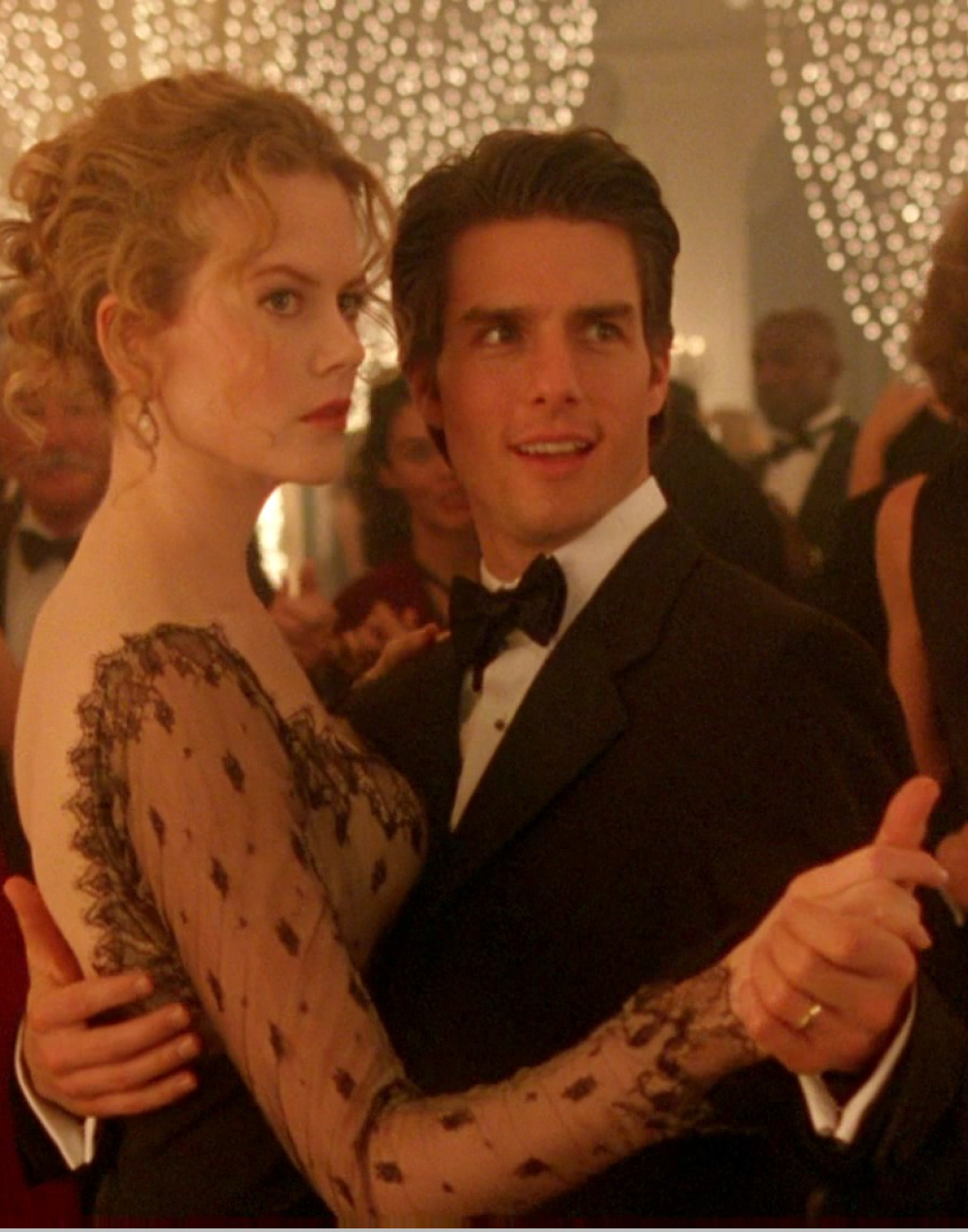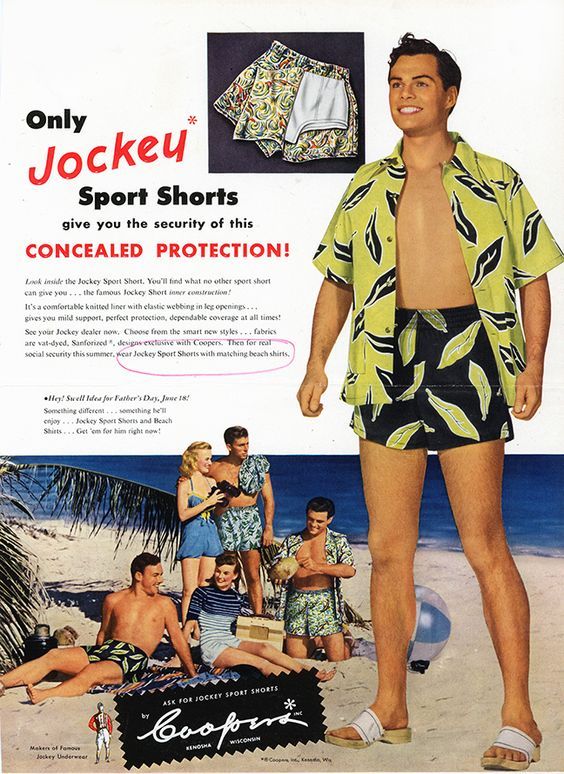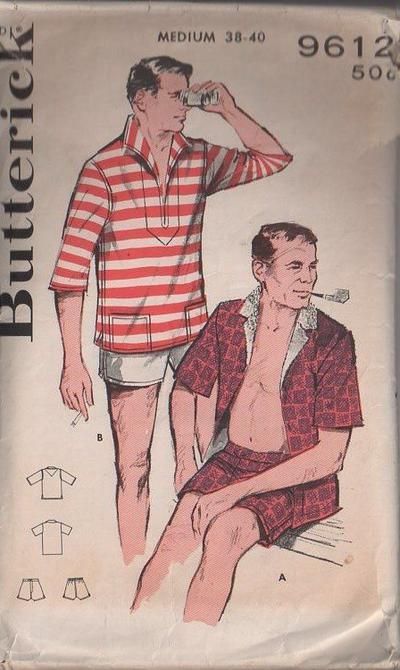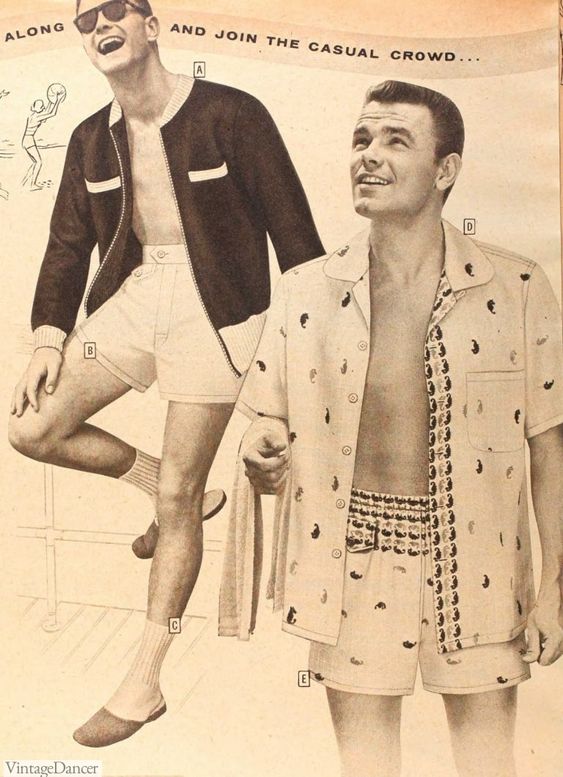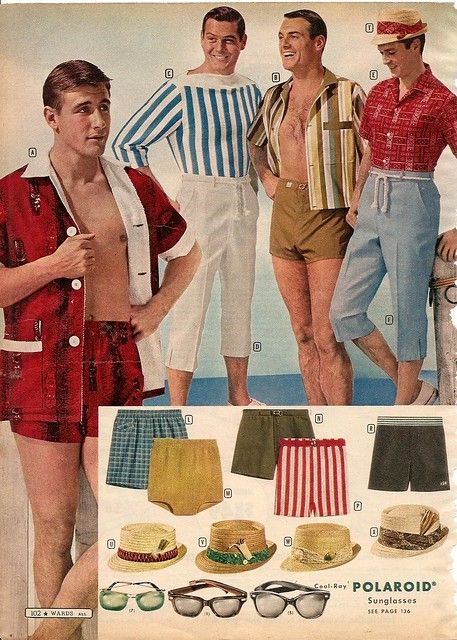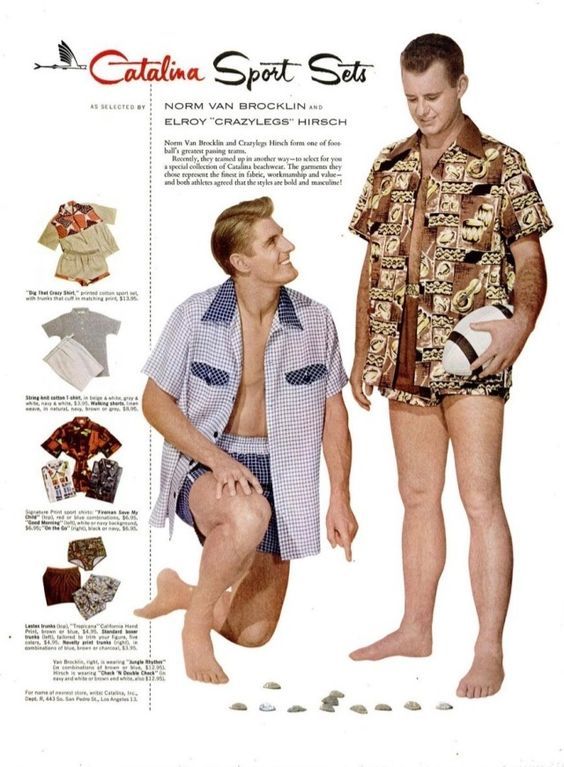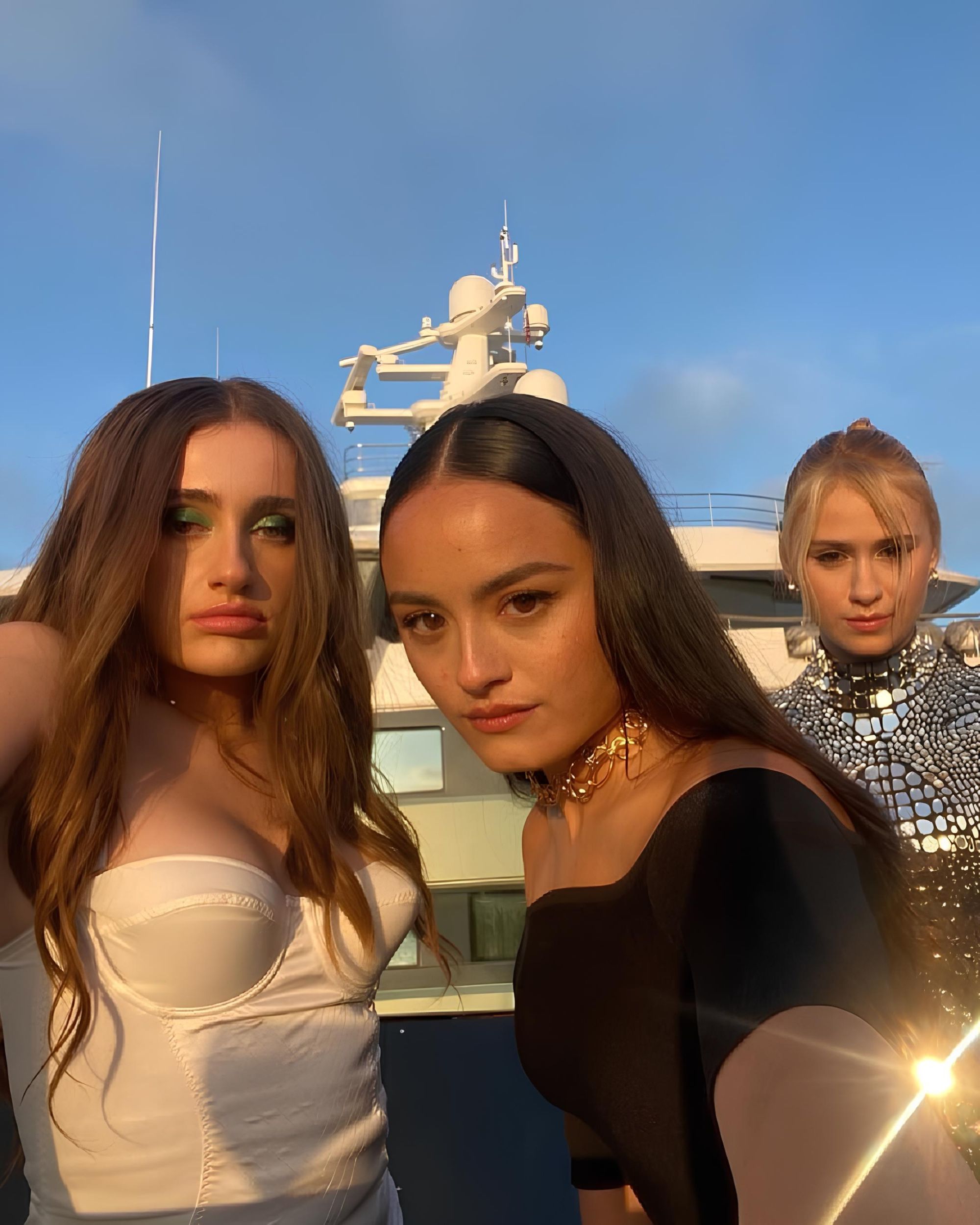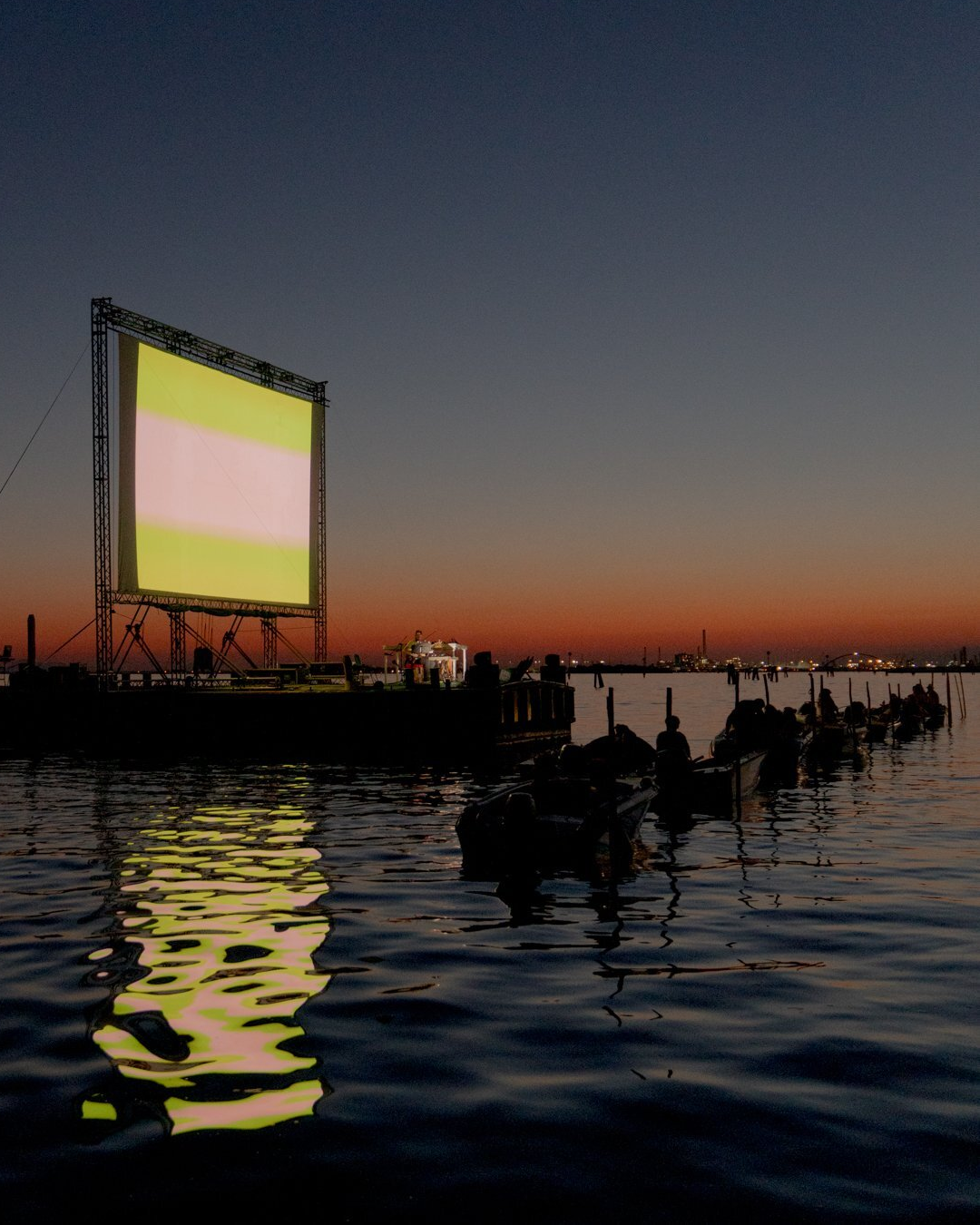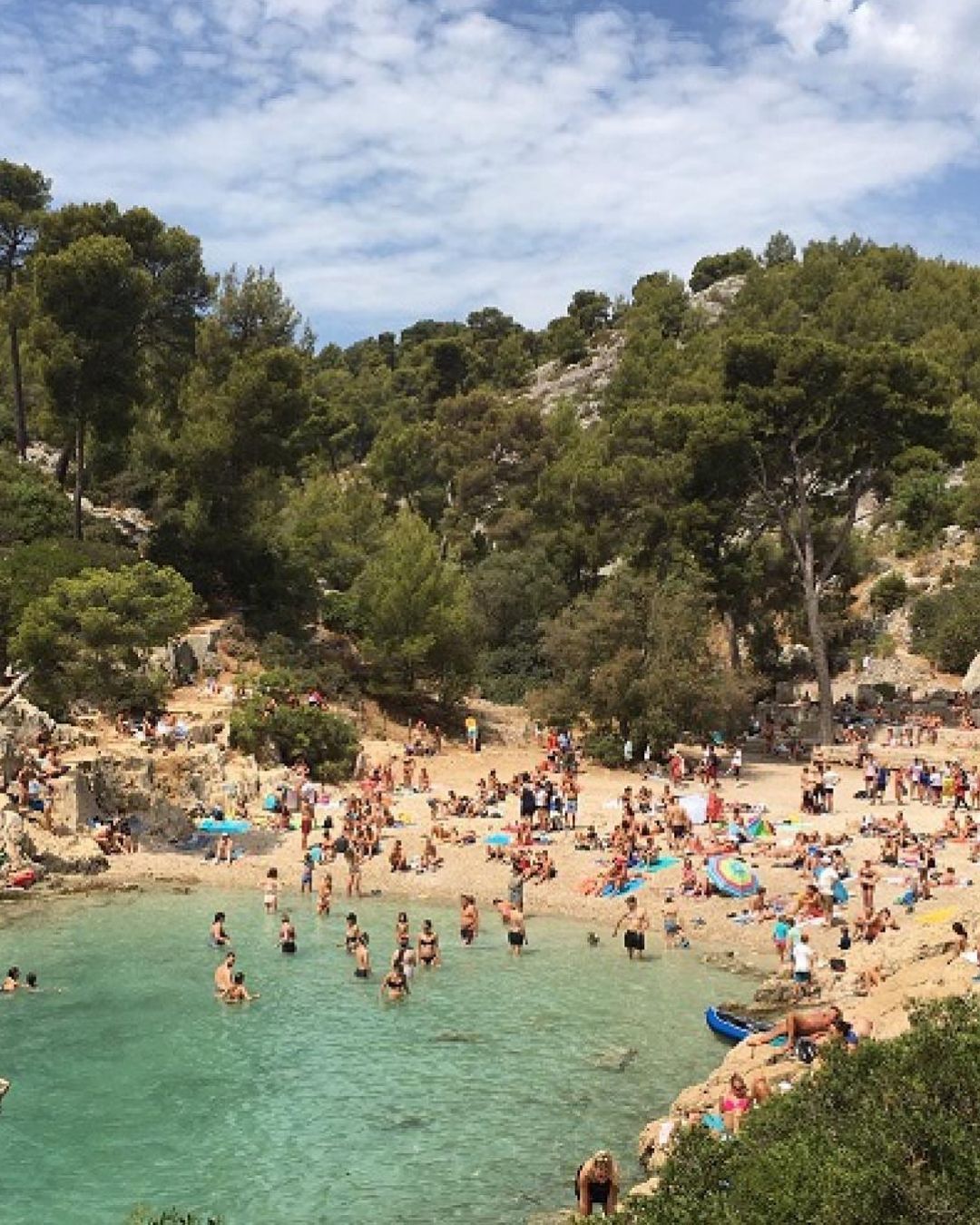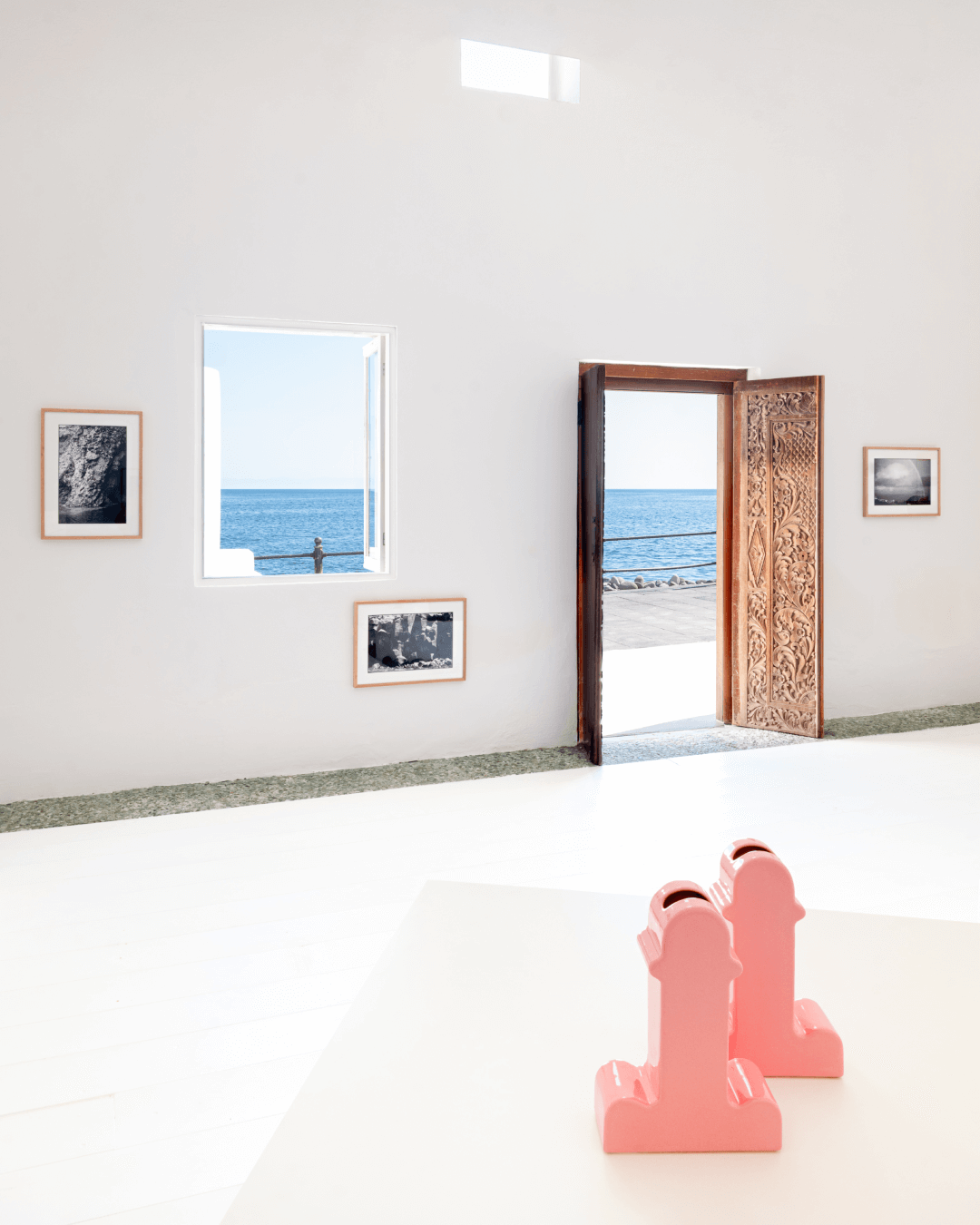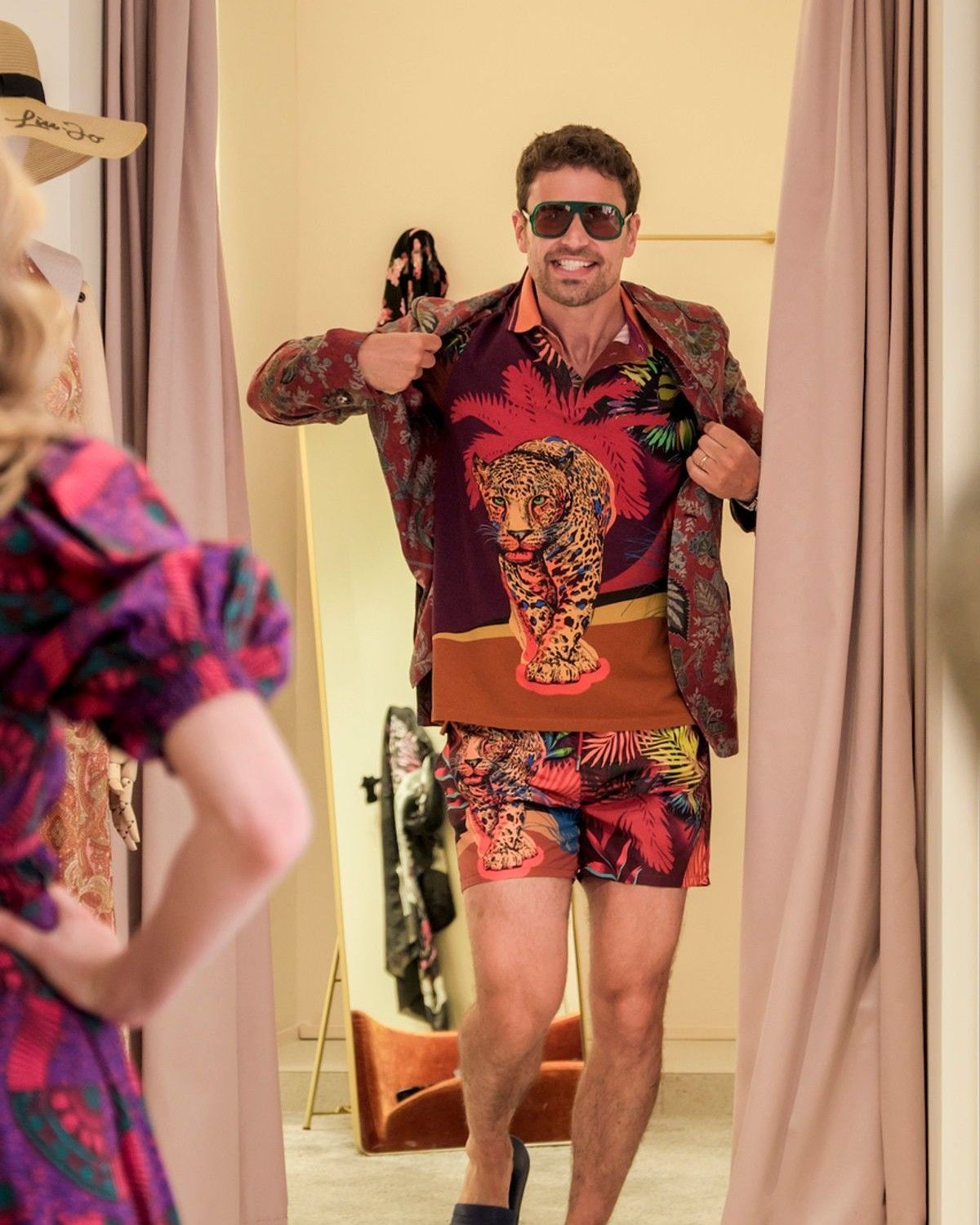
Has the matching summer set trend go to far? From Californian style to cheap fast fashion
In fashion circles, the term “camel coat” refers to a beige outerwear often bought from Zara or H&M, typically synthetic, almost always paired with pseudo-chic outfits and which expresses both the aspiration to appear elegant and the lack of taste of those who buy it. The “camel coat” is a false signifier of distinction, an imitation of the rich and their habits that, however, reveals the limitations of the wearer starting from its sad serial conventionality, its synthetic materials that imitate the softness of real wool, and its rough finishes that reveal its poor quality. And if the “camel coat” tries to imitate the luxury of winter fabrics, its summer counterpart is the “linen set”: a set of shorts and a shirt, often with a mandarin collar, always in three predictable colors (white, blue, beige) that would like to evoke the thought of cruises on the Agnelli's yacht, refined holidays in Marbella, and aristocratic poolside aperitifs on a terrace in Saint Tropez – emphasis on “would like to”. On TikTok, people no longer even talk about a certain shirt or pants (after all, linen is the summer fabric par excellence) but entire sets of shirts and pants, color-coordinated, worn by muscular young men with goatees, aviator sunglasses, and tattoos of questionable originality, posing as fatal men.
@alexscan.1 the only Zara linen set you need this summer #fyp #zaraman #mensfashion #menstyle Lady Killers II (Christoph Andersson Remix) - G-EAZY
To get an idea of the historical context, what is vulgarly referred to on TikTok today as the “linen set” is actually called a cabana set, and it was born in the leisure culture that emerged in the USA in the post-World War II era: the term “cabana” refers to both the wooden gazebos around pools and the beach resorts. The creation of the set stems from the popularity of the Hawaiian shirt, which became famous when ex-soldiers stationed in Hawaii brought it back with them at the end of the war. In California, several brands created Hawaiian shirts and, since they were already making swimwear, they simply decided to coordinate them. In the late '40s, the Californian brand Catalina began promoting matching swim trunks and sport shirts even though the term "cabana set" was only coined in the early '50s.
Practically a clever marketing strategy to create an outfit from two pre-existing but initially unrelated products, also saving on fabric that was identical for the two pieces. Nevertheless, the outfit soon became a symbol of the relaxed yet sophisticated lifestyle associated with Southern California and its poolside culture. A 1954 advertisement for Arrow brand cabana sets, quoted by the FIMD Museum, declared them suitable for "dad's loafing, puttering, or beaching," highlighting their versatility as multi-purpose sportswear. Some manufacturers even offered matching swimwear for the whole family— cabana sets for fathers and sons, and one-piece swimsuits for mothers and daughters. In no time, the cabana set, with its vibrant colors and versatile design, became a symbol of this new way of living.
More recently, around the 2010s, it received a streetwear reinterpretation: the flashy nature of the set made it both an ideal solution for men's summer clothing, halfway between the world of tennis, vintage, and sportswear; and a perfect canvas for the prevailing logomania of the time. From Fendi to Dolce&Gabbana, from Versace to Gucci, and then especially with Casablanca and at some point also with Prada's FW18, the cabana set returned in a more visually aggressive guise, becoming a bit of a high-visibility uniform for the wealthy in Mykonos and Dubai. It was during this period that the sportswear vocation of the set manifested itself: the waist became elasticized, the drawstring appeared, and, of course, from the silk of luxury products, it shifted to the more economical and marketable linen. The famous “matching set” was born. Through many metamorphoses, the element that makes it so beloved has never changed: it is a pre-packaged outfit, the dream of every man who does not intend to spend too many minutes choosing what to wear. The only problem: if already in 1967, in the famous movie The Graduate, it was not the young Dustin Hoffman but his father, played by William Daniels, who wore the matching set, one can get an idea of how, already at the beginning of the '70s, the cabana set was somewhat antiquated. A bit like today's dads who, mindful of the '80s, wear polo collars up and slim fit pants.
Daniel Craig in Glass Onion is my 2023 style goals pic.twitter.com/TFT0YdzO7s
— Daniel Moore (@Daniel_moore22) December 25, 2022
Today, the relative vulgarization that has involved the linen matching set has led it to border the hyper-functional territories of tracksuits and children's pajamas, the addition of drawstrings and elasticized waists, the loss of precision in cuts, and the homogenization promoted by social media, have made it almost a mannerism of the parvenu. Always worn with white sneakers, a cap, and, in the most sadly dramatic cases, even with a men's clutch bag, the matching set seems to want to evoke the impeccable style of Mad Men without, however, giving up the radical comfort pretensions of the new generations. Think of the second season of The White Lotus: similar matching sets were worn by Theo James, whose character was the wealthy and somewhat smug chad; and by Leo Woodall, who played the brash Englishman around Taormina. Other cinematic cabana sets include the beautiful one worn by Jude Law in The Talented Mr. Ripley (set in the '50s) and that of Daniel Craig in Glass Onion to symbolize the eccentricity of a character with an outdated dress sense. Lowering the bar, one could say that the linen matching set fully belongs to the dress vocabulary of Too Hot To Handle, Temptation Island, and Love Island, so much so that several contestants have worn similar ones during recent seasons. In short, over the decades, the set has lost the aristocratic aura attributed to it, especially because this derived precisely from the formal details that decorated an otherwise very current and casual garment. Understanding everything (including the history of the matching set) means forgiving everything: it is just a pity, however, that so many men do not look around and realize they are dressed exactly like everyone else, like many employees of the same beach club.











